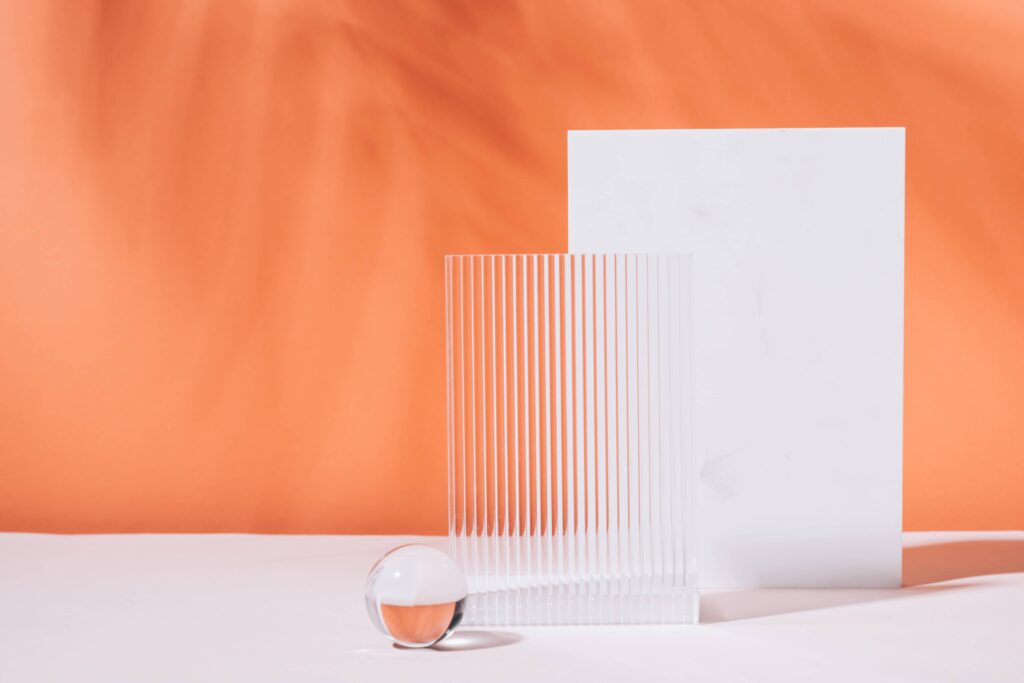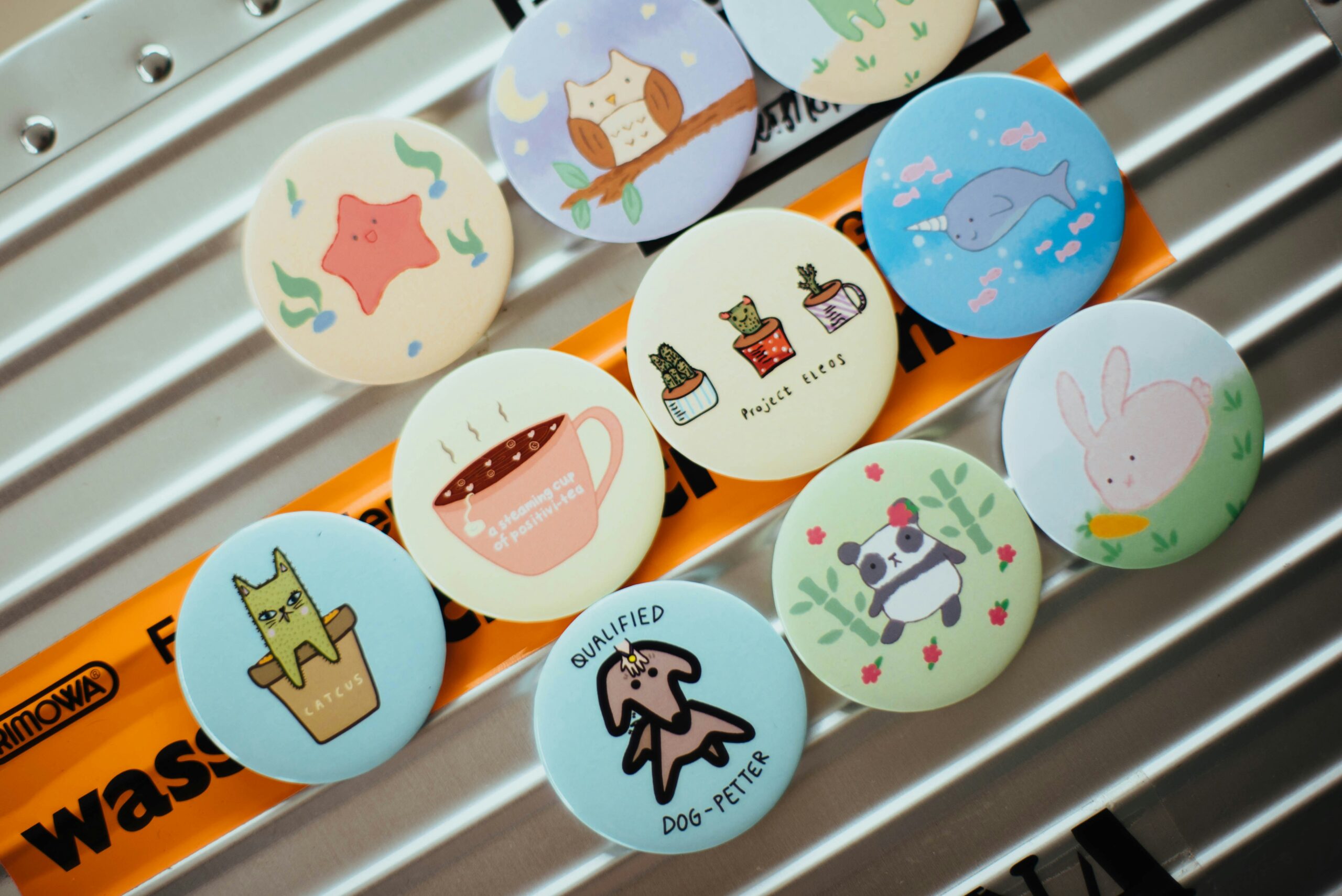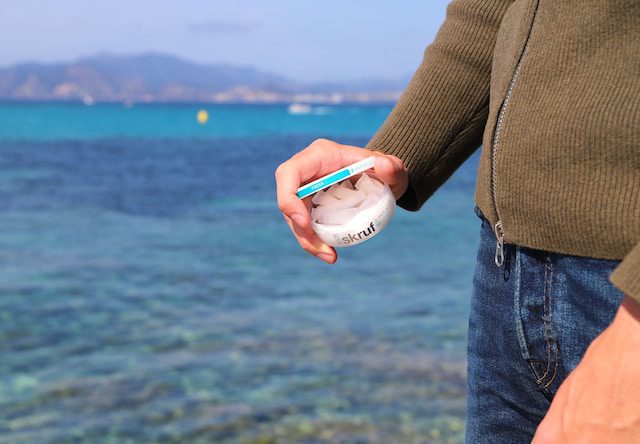
You may not realise it, but Perspex is quietly revolutionising the way we think about design and functionality.
From sleek modern furniture to innovative architectural structures, Perspex is becoming the material of choice for designers and architects alike.
But what exactly is Perspex, and why is it causing such a stir in the design world?
Let’s delve deeper into the fascinating world of Perspex and explore how it’s transforming both aesthetics and functionality.
The Rise of Perspex: A Brief History
First things first, what is Perspex? Also known as acrylic glass or PMMA (polymethyl methacrylate), Perspex is a transparent thermoplastic that’s renowned for its clarity, durability, and versatility.
It was first developed in the early 20th century and gained popularity during World War II for its use in aircraft canopies. Since then, it has evolved into a staple material in various industries, including design and architecture.
Unleashing Creativity with Perspex
One of the key reasons why Perspex is transforming design is its unparalleled versatility. Unlike traditional materials like glass or wood, Perspex can be easily moulded, shaped, and coloured to fit virtually any design vision.
Whether you’re looking to create sleek minimalist furniture or eye-catching signage, Perspex offers endless possibilities for creativity.
The Advantages of Using Perspex
But it’s not just about aesthetics – Perspex also offers a range of practical benefits that make it a preferred choice for designers and architects.
Its lightweight nature makes it easy to work with and install, reducing both time and labour costs.
Additionally, Perspex is highly durable and resistant to UV radiation and weathering, making it suitable for both indoor and outdoor applications.
Enhancing Functionality with Perspex
In addition to its aesthetic appeal, Perspex is also transforming functionality in design. Its excellent optical clarity allows designers to create seamless, uninterrupted views, whether it’s a glass balustrade in a modern office building or a transparent roof in a residential extension.
Furthermore, Perspex can be easily fabricated into complex shapes and structures, opening up new possibilities for innovative design solutions.
Sustainability and Perspex: A Winning Combination
In an age where sustainability is increasingly important, Perspex shines as an eco-friendly alternative to traditional materials.
Unlike glass, Perspex production requires significantly less energy and resources, making it a more sustainable choice for environmentally conscious designers.
Additionally, Perspex can be recycled and reused, further reducing its environmental impact.
Perspex: The Future of Design
As we look towards the future of design, it’s clear that Perspex will continue to play a significant role in shaping our built environment.
Its versatility, durability, and sustainability make it an ideal choice for designers and architects seeking innovative solutions to today’s design challenges.
Whether it’s creating striking architectural features or functional furniture pieces, Perspex offers endless possibilities for creativity and innovation.
Conclusion
Perspex is not just a material – it’s a game-changer in the world of design and functionality.
Its versatility, durability, and sustainability make it a preferred choice for designers and architects looking to push the boundaries of creativity and innovation.
Whether you’re renovating your home or designing a commercial space, consider harnessing the potential of Perspex to bring your vision to life in ways you never thought possible.



